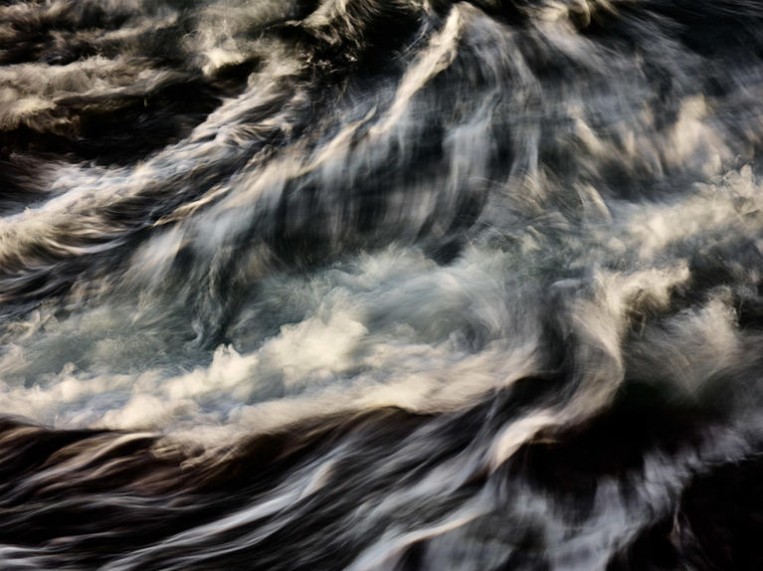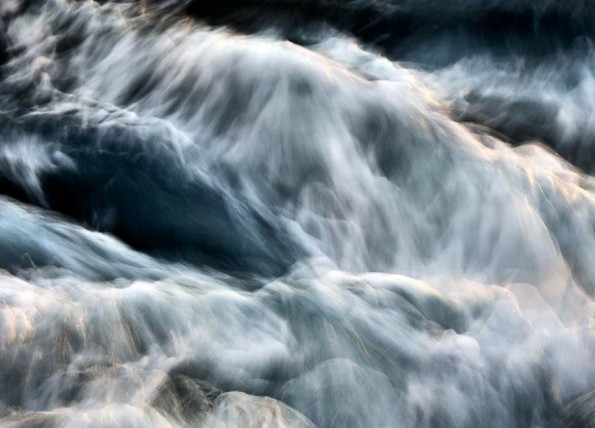L'Eau, la Couleur, les Songes


For as long as he can remember, Jean-Martin Barbut has been a spellbound observer, in awe of what he sees. It was through this perspective on the world and its people that he became fascinated by the discoveries of theoretical and quantum physics and Einstein’s relativistic insights. After studying mathematics and biology, he pursued “musique concrète” (a type of music composition that utilises recorded sounds as raw material) at the ‘Conservatoire National de Région de Marseille’ and photography at the ‘Ecole Nationale Supérieure de Photographie’ in Arles, before becoming the assistant of photographer Dennis Stock. Whether studying, partaking in various kinds of meditation, or pursuing his interest in water sports (including rowing, snorkeling, and long-distance swimming), Barbut allowed his sense of wonder to develop, experiencing the joy of connecting with his surroundings.
Out of this wonder was born a “why?”, followed by a “how?”, to which he found a very simple answer: human consciousness. The more refined the consciousness becomes, the less the borders remain and the more the contradictions become intertwined. Water, which he experiences daily in its saline form, seemed to him to be the perfect metaphorical foundation for the notion of consciousness and interwoven matter. A source of life that can devour its creation at will. A whole that knows how to individualise itself in order to recreate itself in a new form, rich in lived experience. Barbut’s work invites us to think differently about abstract photography. It is no longer a question of asking, “What is it?”, but rather “What do I see?”.
Barbut uses the photographic blur created by the turbulence and unpredictability of the waves as an illustration of the quantum (probabilistic) dimension of matter. During long moments of contemplation, he seeks to preserve the memory of the moment that he has experienced.
In Poseidon's Eye, the photographer captures the motion of waves as they collide. ‘The return of Scylla III’– which makes reference to the golden age of ancient Greece – evokes a painting: Barbut’s eye was educated in the complexities of the image through painting. This work can be placed in a similar spirit as Alfred Stieglitz’s ‘Equivalents’ photo series, Gustave Legray’s marine paintings, Courbet’s waves and Hokusai’s ‘Great Wave,’ but also Turner’s bursts of energy.
“A work of art should always teach us that we haven’t seen what we see,” said Paul Valéry.